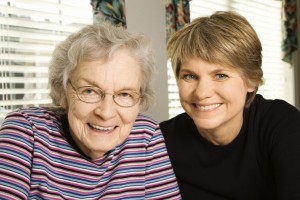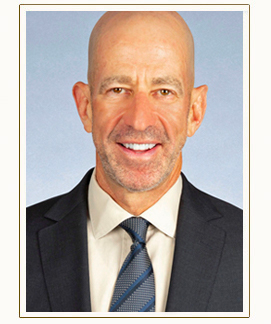A new study by the Pew Research Center and the California HealthCare Foundation found that the number of adult caregivers of family members has increased from 30 percent to 39 percent in the past year. The sluggish economy, an aging population and an increase in chronic illnesses all have contributed to an increased need for caregivers in the home. And more than ever, those family caregivers are turning to the internet for support and information.
 The U.S. population in 2000 included approximately 12 percent of adults 65 years and older; by 2020, adults 65 and older are expected to make up at least 19 percent of the population. The increased “graying” of the country means that more comprehensive services for elders and their caregivers, both professionals and family members, are an ongoing concern. Most of the adults who are caring for a family member – two-thirds – are either caring for a parent or a parent-in-law, researchers say. Caregivers typically are doing everything from managing finances to shuttling the elderly parent to medical appointments, and more.
The U.S. population in 2000 included approximately 12 percent of adults 65 years and older; by 2020, adults 65 and older are expected to make up at least 19 percent of the population. The increased “graying” of the country means that more comprehensive services for elders and their caregivers, both professionals and family members, are an ongoing concern. Most of the adults who are caring for a family member – two-thirds – are either caring for a parent or a parent-in-law, researchers say. Caregivers typically are doing everything from managing finances to shuttling the elderly parent to medical appointments, and more.
Another cause for concern is that more seniors than ever before are living with complex chronic medical conditions, and living longer. Seniors are relying on family members to help with their medical issues, in large part due to the sluggish U.S. economy. More households are attempting to manage their care with limited funds and resources and caregivers are turning to the internet for information on illnesses, symptoms, medications and treatment. The study found that more than 70 percent of caregivers surveyed reported that they research issues online. Information on medical issues and the support of social media have never been more important to caregivers, researchers say.
But the Internet is only one resource, and not as comprehensive as many caregivers need. According to a 2012 estimate by the AARP, 50 percent of caregivers for the elderly are delivering complex medical and nursing care in their own homes.
The bottom line? The U.S. health care system and the social system are both struggling to keep up with the demand for elder care. For now, that need is still being met primarily at home.
Visit www.elderlawnewyork.com for more information.




 As adults, we tend to take for granted an abundance of competency related normalcies that will one day begin to deteriorate, but there are many revelations that come with aging. One may wonder how our family members will find the proper person to take care of us when we are unable do so ourselves. How do our family members find the right person to take care of us when we are unable to do it for ourselves? The following is a list of considerations that need to be taken.
As adults, we tend to take for granted an abundance of competency related normalcies that will one day begin to deteriorate, but there are many revelations that come with aging. One may wonder how our family members will find the proper person to take care of us when we are unable do so ourselves. How do our family members find the right person to take care of us when we are unable to do it for ourselves? The following is a list of considerations that need to be taken.